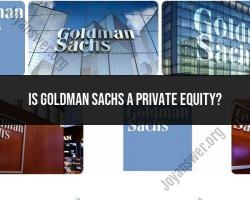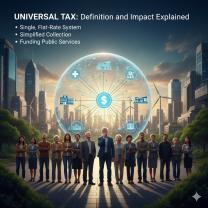Does every savings bond have a different interest rate?
Yes, not every savings bond has the same interest rate. Different types of savings bonds offered by the U.S. Department of the Treasury have varying interest rates and structures. Two of the most common types of savings bonds in the United States, Series EE Bonds and Series I Bonds, have different interest rate mechanisms:
1. Series EE Savings Bonds:
- Series EE Bonds have a fixed interest rate that is set at the time of purchase. This rate remains constant for the life of the bond.
- The fixed rate for Series EE Bonds is determined based on the prevailing rates at the time of purchase, but it doesn't change after the bond is issued.
- For EE Bonds issued after May 2005, the fixed rate is set for 20 years. After 20 years, the bond enters an extended maturity period during which it continues to earn interest based on market rates.
2. Series I Savings Bonds:
- Series I Bonds have a combined interest rate that includes both a fixed rate and an inflation rate component.
- The fixed rate for Series I Bonds is set at the time of purchase and remains constant for the life of the bond.
- The inflation rate component, which is adjusted every six months (in May and November), is based on changes in the Consumer Price Index for All Urban Consumers (CPI-U).
- The combined interest rate for Series I Bonds is recalculated every six months based on the fixed rate and the semiannual inflation rate change.
As a result of these different interest rate mechanisms, the interest rates for Series EE and Series I Bonds can vary significantly. The fixed rate for Series EE Bonds remains constant, while the combined interest rate for Series I Bonds can change every six months based on inflation. Consequently, Series I Bonds are designed to provide a measure of inflation protection to investors.
It's important for bondholders to be aware of the specific terms and interest rate structures of the savings bonds they hold, as this information determines how their bonds will grow in value over time. The U.S. Department of the Treasury provides online tools and resources to help bondholders calculate the current and future values of their savings bonds based on their unique interest rate characteristics.
Savings Bond Interest Rates: Variations and Details
Savings bond interest rates vary depending on the series of the bond, the issue date, and the current market interest rates.
Understanding the Diversity of Interest Rates in Savings Bonds
There are three main series of savings bonds: EE, I, and HH. Each series has a different interest rate structure.
- EE bonds: EE bonds earn interest at a fixed rate for the first 20 years after they are issued. The interest rate is set by the Treasury Department and is announced every May and November. After 20 years, EE bonds continue to earn interest at a variable rate that is based on the current market interest rates.
- I bonds: I bonds earn interest at a combined rate that is made up of a fixed rate and a variable rate. The fixed rate is set by the Treasury Department and is announced every May and November. The variable rate is based on the Consumer Price Index (CPI) and is adjusted every six months.
- HH bonds: HH bonds earn interest at a fixed rate for the life of the bond. The interest rate is set by the Treasury Department and is announced every May and November.
How Interest Rates Differ Among Savings Bonds
The interest rates on savings bonds can vary significantly. For example, the fixed interest rate on EE bonds issued in May 2023 is 2.50%. The fixed interest rate on I bonds issued in May 2023 is 0.90%. The fixed interest rate on HH bonds issued in May 2023 is 4.75%.
The variable interest rate on I bonds can also vary significantly. For example, the variable interest rate on I bonds for the six-month period ending October 31, 2023 is 4.30%.
Conclusion
Savings bond interest rates vary depending on the series of the bond, the issue date, and the current market interest rates. It is important to understand the different interest rate structures before purchasing savings bonds.
When choosing which type of savings bond to buy, it is important to consider your individual needs and goals. If you are looking for a bond that will earn a guaranteed rate of interest for the life of the bond, then an HH bond may be a good option for you. If you are looking for a bond that can earn a higher interest rate based on market conditions, then an I bond may be a better option for you.













